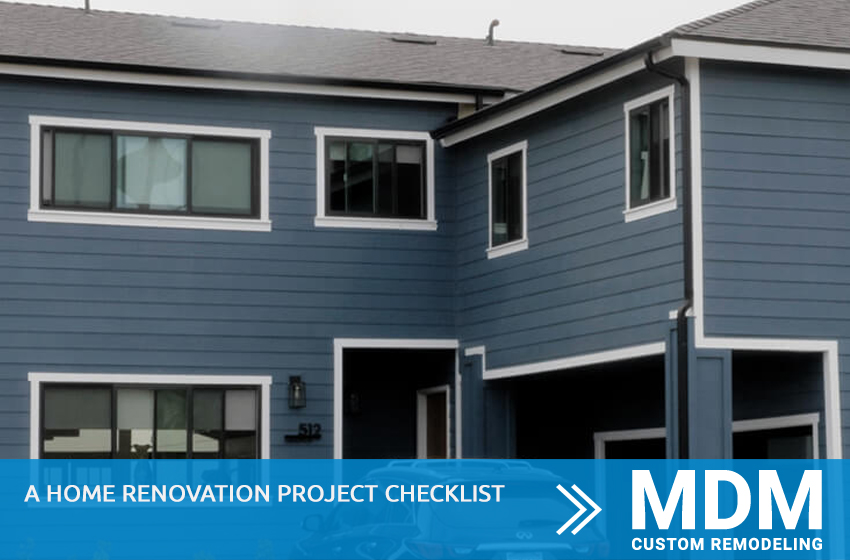
A Home Renovation Project Checklist
Preparing to kick off you’re first home renovation project? Whether you’ve decided to renovate a room or gut your whole house, the entire process can

Preparing to kick off you’re first home renovation project? Whether you’ve decided to renovate a room or gut your whole house, the entire process can
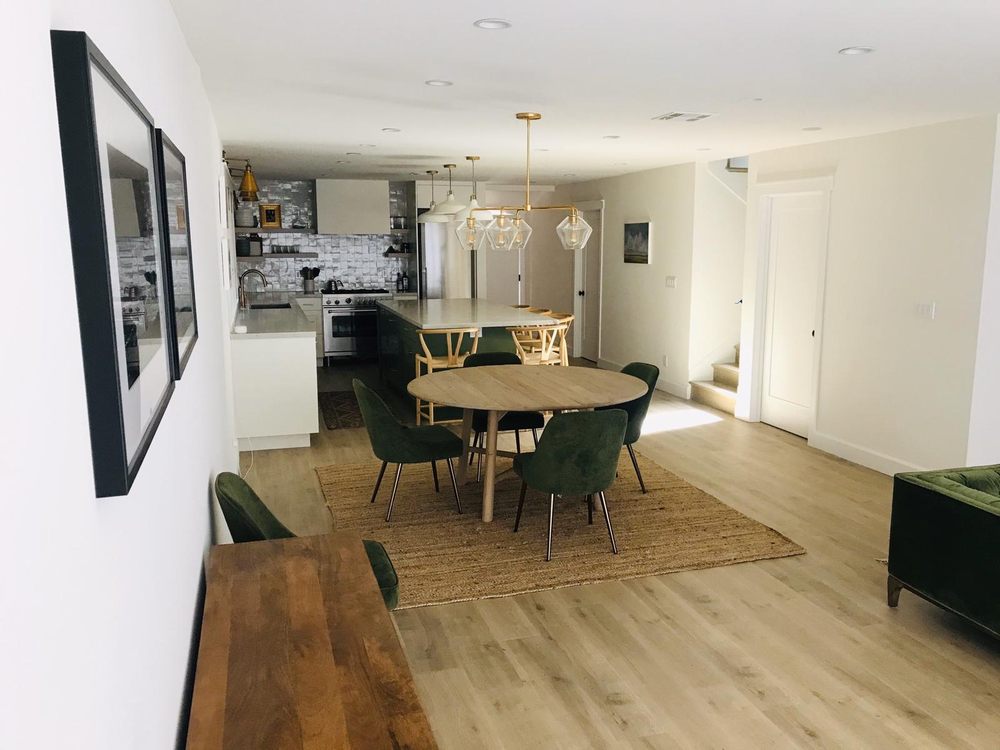
Nothing can be a better way to create an impressive style than blending your interior design into Spanish structure. You can check Yelp for our
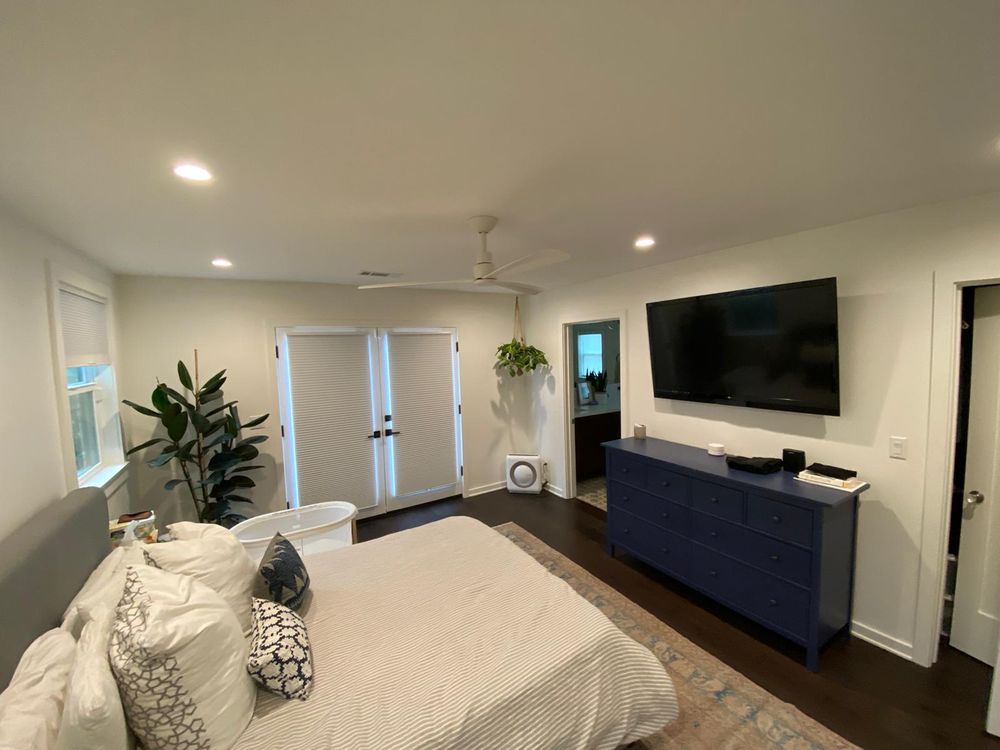
The last thing you wish is that your neighbors comment on your dull living room walls- Right? And while thinking of home remodeling, we recommend
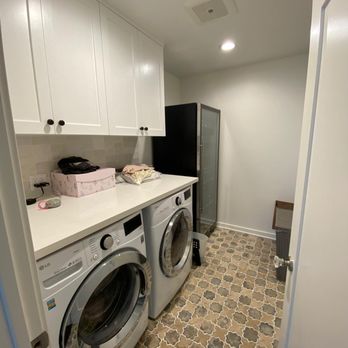
So, you have recently moved to a new home but a smaller one than your previous house. Of course, you have to compromise a little
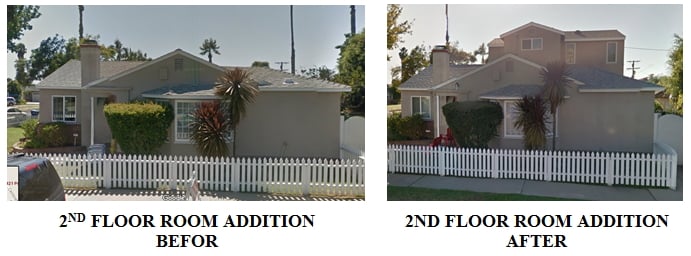
Even though we are happy with the current layout, we sometimes feel the urge for a little more style and love on our premise- Right?
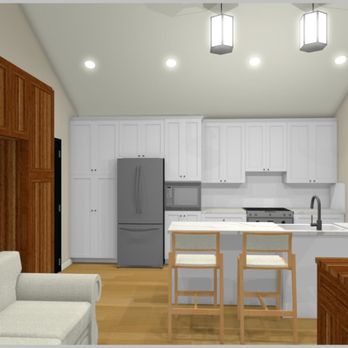
Can you do a favor and look at your ceiling? You often leave this fifth wall of your rooms unnoticed or overlooked, which leaves a
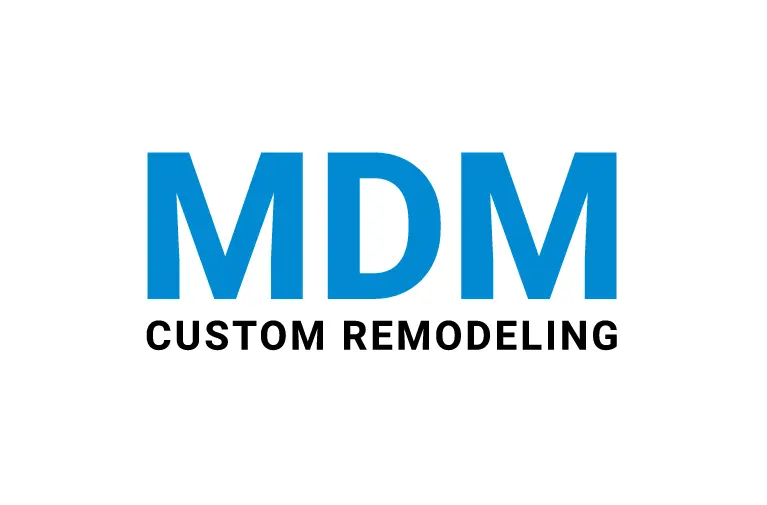
Are you looking forward to converting your garage? If yes, garage conversions are one of the easiest and budget-friendly ways to add value and extra

Maybe you won’t believe it, but books are the best friends of human beings. They remain by your side during your leisure times, while a

2022 is around the corner, and just four days are left for it! Hence, it’s time you should think of giving your home a perfect

No matter in which season you consider renovating your home, it’s a challenge to survive on those days. In fact, if you have planned to
License # 930166
Copyright © 2024. All Rights Reserved. MDM Custom Remodeling Inc | Los Angeles Remodeling Contractors | Privacy Policy
